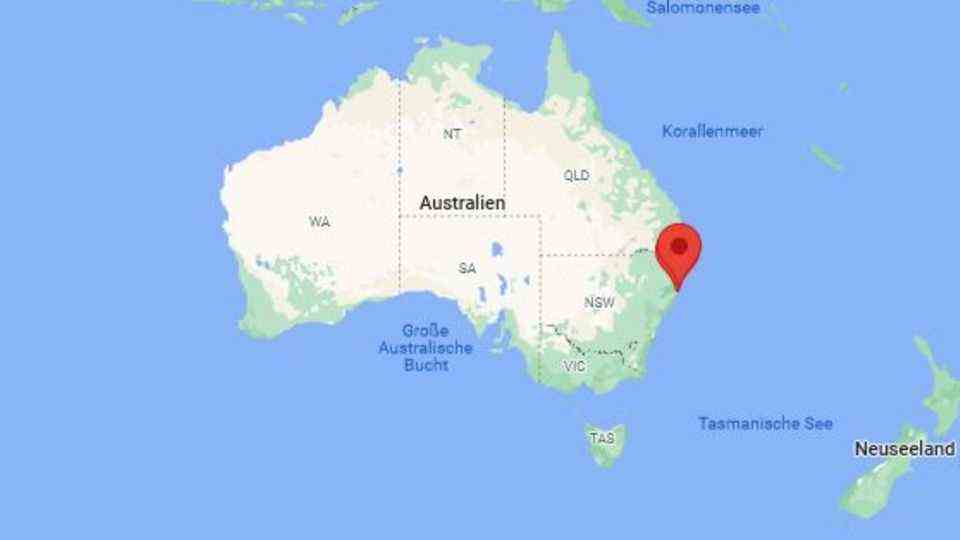Australia
Husband hits Great White Shark on the nose – and saves his wife
Great white sharks don’t like being beaten in the nose. However, shark noses are probably not that easy to hit either.
© Alberto Carrera // Picture Alliance
What to do if a great white shark has bitten its wife’s calf? A man in Australia did just the right thing in a life-threatening situation.
Mark Rapley will never forget the look the great white shark stared at. “They were black eyes,” says the 35-year-old surfer. “I looked into those fixed, fixed eyes”. The memory of it haunts him.
Rapley told Australian television this week what it was like when a great white shark attacked his wife last year – and how he managed to save her from a life-threatening situation.
A wonderful day – and suddenly a shark attack
According to the international media, the two of them were surfing that day. A beautiful morning on the coast at Port Macquarie in New South Wales in the east of the continent.

The shark encounter with a happy ending took place on the coast of Port Macquarie in eastern Australia
© Screenshot / Google
It happened around 9:30 a.m.: Chantelle Doyle suddenly noticed the shark swimming under her surfboard. The animal immediately snapped at her leg, recalls the 35-year-old, who currently has 15 months of clinic and rehab behind her. That was how bad the attack was.
Great White Shark would not let go of the woman’s leg
Chantelle Doyle probably owes it to her husband that she got away with her life that morning. According to the couple, he was only ten meters away with his surfboard. Fortunately, he immediately noticed what was going on: the great white shark had bitten into his wife’s calf. She was very afraid of being torn down by the huge fish.
“I threw the surfboard away and started beating the shark with all my might,” said Mark Rapley on TV, still visibly moved by the events of that time. He struck as forcefully as he could and kept aiming at the shark’s nose. Because he had heard that the animals are particularly sensitive to the nose. “It feels like hitting a wall,” he recalls – pretty hard.
The whole time he hit the great white shark, he had only one thing in mind – that the giant fish retreat and let go of his wife’s leg.
Mark Rapley’s courage was rewarded: the shark actually let go of Chantelle Doyle and swam away. How long he had to hit the animal on the nose for this is not clear from the reports.
Finally he managed to drag his injured wife onto the bank. A little later she was flown to a nearby hospital – with bite injuries in the flesh and muscles, bones, tendons and ligaments. However, she was lucky, vital blood vessels were not damaged.
Shark attacks are a recurring threat in Australia
In Australia – compared to other regions of the world – there are relatively frequent attacks by sharks on people. That year, the continent reportedly counted eight fatal attacks. However, the local media is unsure whether shark attacks have been the last cluster, it seems. Or whether they are just being documented more often and more professionally.
Great white sharks are found in almost all of the world’s oceans, except in the very cold regions. Their population has declined sharply in recent years, which is why they are considered endangered and may already have become extinct in some parts of the world’s oceans. Although great white sharks are not fished commercially and are heavily protected officially, they are still threatened by illegal sport fishing and trophy hunting.
Apart from humans, they have no enemies, so they are at the end of the food chain. No wonder given their size: a great white shark can be between four and a half and six and a half meters long and weigh between 500 and around 1000 kilograms.
The size and weight of the great white shark that attacked Chantelle Doyle is not known. It is also unclear whether he is now swimming in the coastal waters of Australia with a bump on his nose.
Sources: “Metro.co.uk“,”Express.co.uk“, WWF.de


